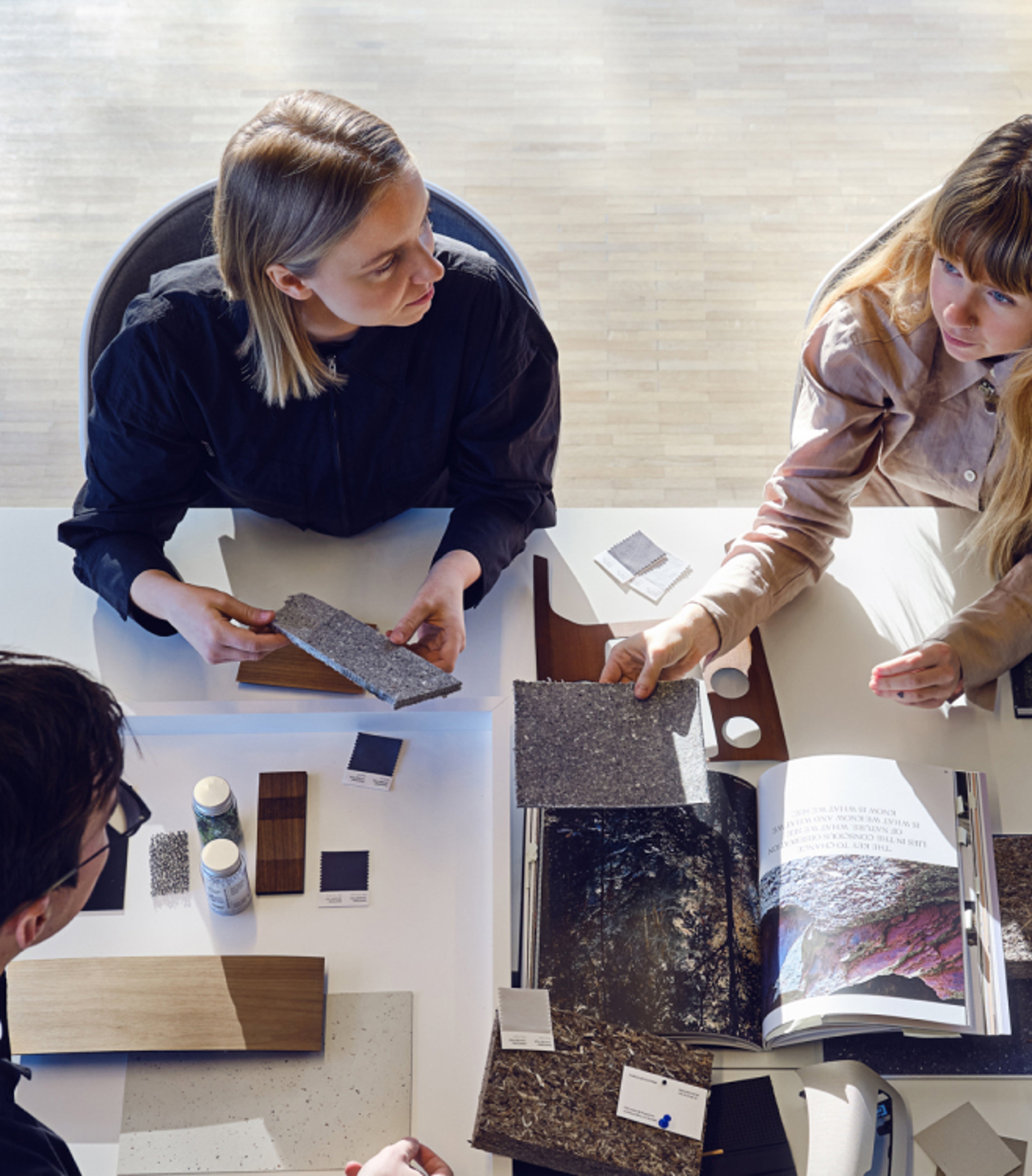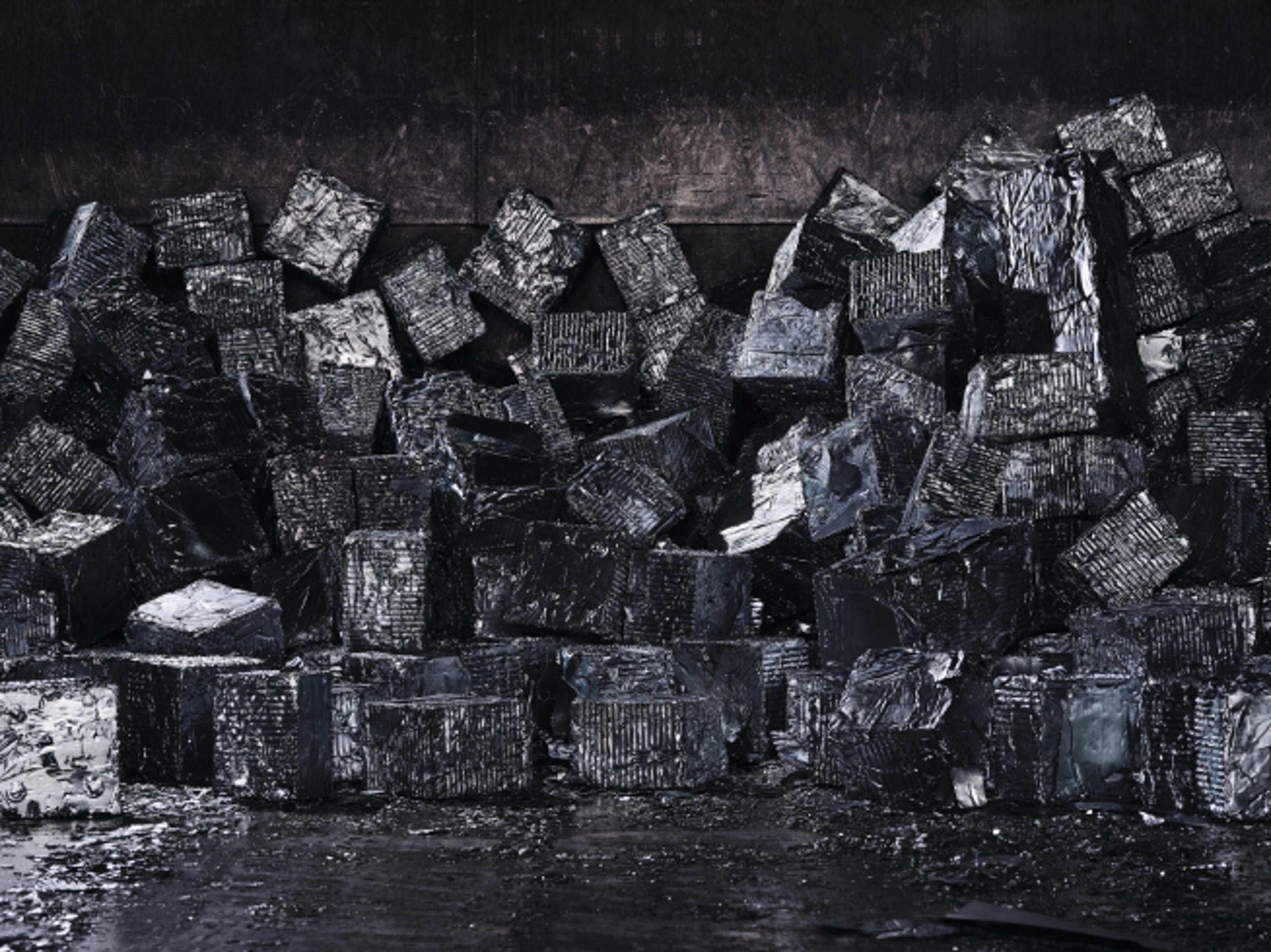Circular economy
The world's natural resources are limited. So we're aiming towards becoming a circular business by 2040 – minimising our use of primary resources. We're focused on eliminating waste and pollution, making greater use of recycled material, and remanufacturing and reusing parts.
Design for circularity
Most companies (and people) still participate in a linear economy – you take raw material, make a product, use it, and in the end, throw it out as waste. A circular economy maximises resources by designing products for durability, reuse and recycling.
From the start, we're considering a vehicle's entire life cycle and how to maximise the value delivered throughout that time. When that's over, the dissasembly and recycling process can provide high quality and quantity raw materials.

Circular business
The foundations of our circularity ambitions are minimising primary resource use, eliminating waste and pollution, and generating more circular revenue.
Circular economy 2030 ambitions
99%
of all waste either reused or recycled
50%
average per-car reduction in water use in own operations
35%
recycled content in new car models
Recycling
Our largest waste stream is metal from car production, which amounted to 188,000 tonnes in 2022 and is entirely recycled

Our position
We're aiming towards becoming a circular business by 2040 – so we need to overcome some challenges. We're changing our company, value chain and industrial system. We commit to being transparent throughout this transformation. We'll act responsibly and we'll continue talking with stakeholders inside and outside of our industry.
You're welcome to read the resources in our ESG Policies & Position section and learn more about what we're doing. And of course you're welcome to engage with us where you have expertise you think will help us on our journey.